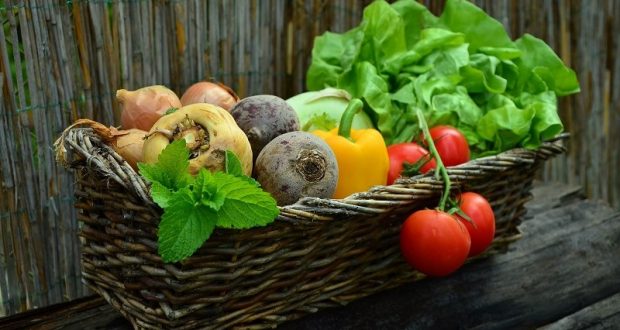By UC Master Gardeners of Mariposa County
With “stay at home” orders in place, more people are starting a home garden. For the novice gardener, knowing where to begin can be a challenge. A few tips and steps will get you gardening in no time!
If this is your first vegetable garden, start small. You will want to get the basics down before you invest a lot of time, money and effort. Also, consider your normal lifestyle. Do you enjoy being outside? Do you like to cook? Will you have the time to devote to a garden for 2-5 months? Gardening takes patience and attention.
Once you decide that gardening is for you, decide what you want to grow. In the beginning, grow foods you know you will eat. Save the experimental veggies until you have demonstrated success with what you know you like. Survey your land for a good location to start your garden. Ideally, you want a flat(ish) area with good drainage and good sunlight.
Most crops prefer 6-8 hours of sunlight a day but beware the summer heat. Some filtered shade in the late afternoon may be just what the garden ordered if your location is very hot. Ideally, your garden will be close to your house and in an area easily protected from deer (you may have to consider a fence).
Next, look at your soil. Most soil, even clay and sand, can be amended by removing weeds and adding compost to improve the tilth and make it more able to hold air, water and nutrients. Lay out your beds (i.e. rows) and walkways. If you already have access to raised beds, use them. If not, plan out your beds right in your chosen area. Orient your beds east to west so all of the bed receives adequate sunshine.
Try to set out 2-4 feet per bed with at least 18-inch walkways on either side. Six to eight feet is a good length for beginning beds—it will hold several tomatoes, a steady supply of greens and a few peppers or eggplant. Tall, vining plants like peas, beans, melons and cucumbers can be grown vertically on a trellis.
Loosen the soil in your beds and work 6-8 inches of compost into clay or sandy soils. Cool season crops (greens, carrots, peas, broccoli, onions and potatoes) prefer milder temperatures and are usually started in February or March. If you want to start them now, prepare to offer them shade from the hot summer sun soon. Warm season crops like tomatoes and peppers will be ready to go into the ground between now and mid-May depending on your microclimate.
If this is your first garden, you may want to try a seed packet or two as well as a few purchased seedlings from a local nursery. These seedlings have already grown out a bit and been hardened off, so they are ready to be planted in your garden when the time is right. Once you plant them, keep your garden moist but not wet. Check on them daily and search for signs of pests.
If you have a problem, please be sure to call our Helpline at 209-966-7078.
UC Master Gardeners of Mariposa County is located at 5009 Fairgrounds Rd., Mariposa. For more gardening and event information, visit our website at http://cemariposa.ucanr.edu/Master_Gardener and Facebook page at UC Master Gardeners of Mariposa County.
UC Master Gardeners staff a Helpline serving Mariposa County, including Greeley Hill, Coulterville, and Lake Don Pedro. Contact us at 209-966-7078 or mgmariposa@ucdavis.edu.
Listen to us on the radio at KRYZ 98.5 FM on Wednesdays at 2 p.m and Saturdays at 5 p.m.




